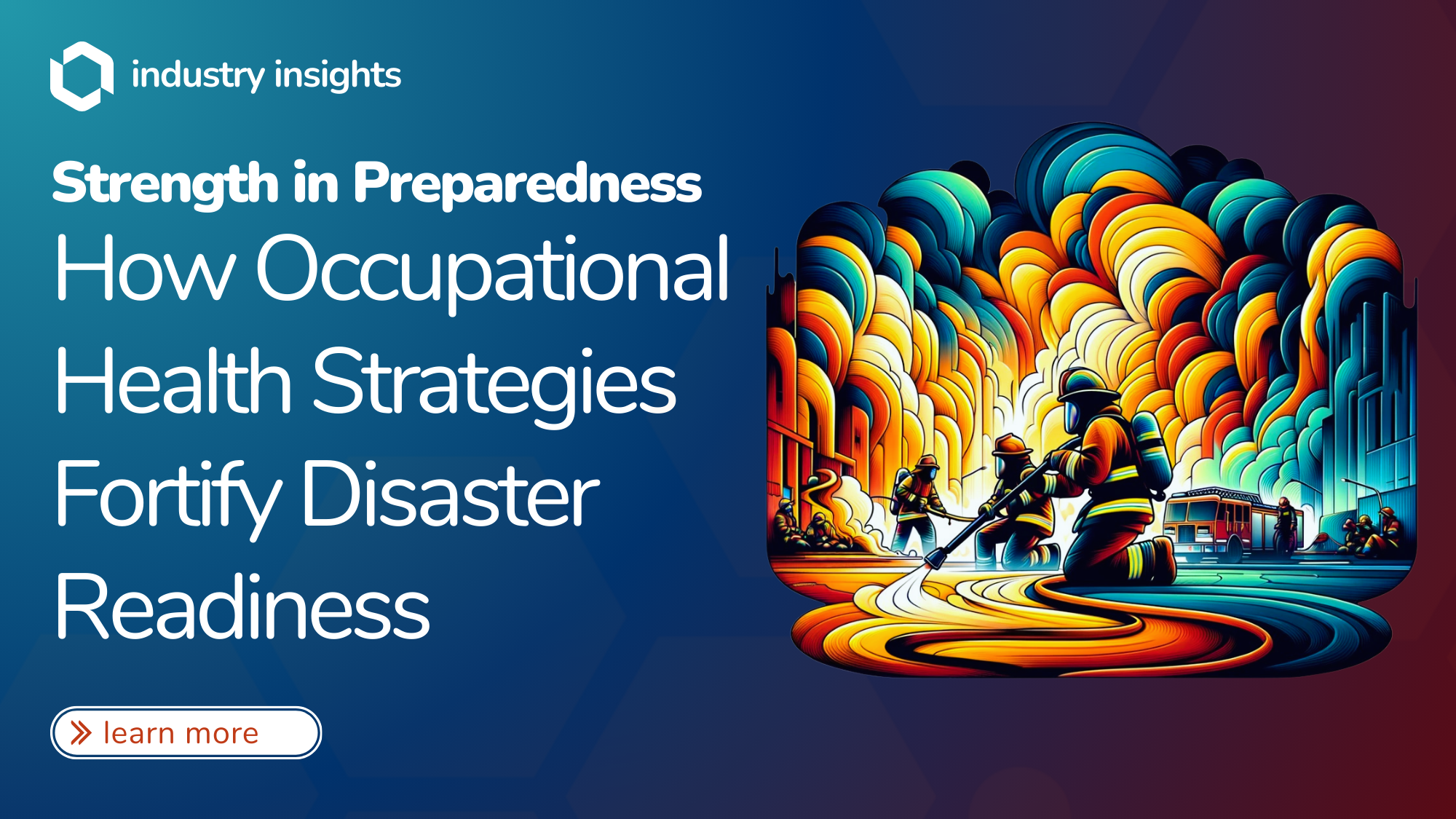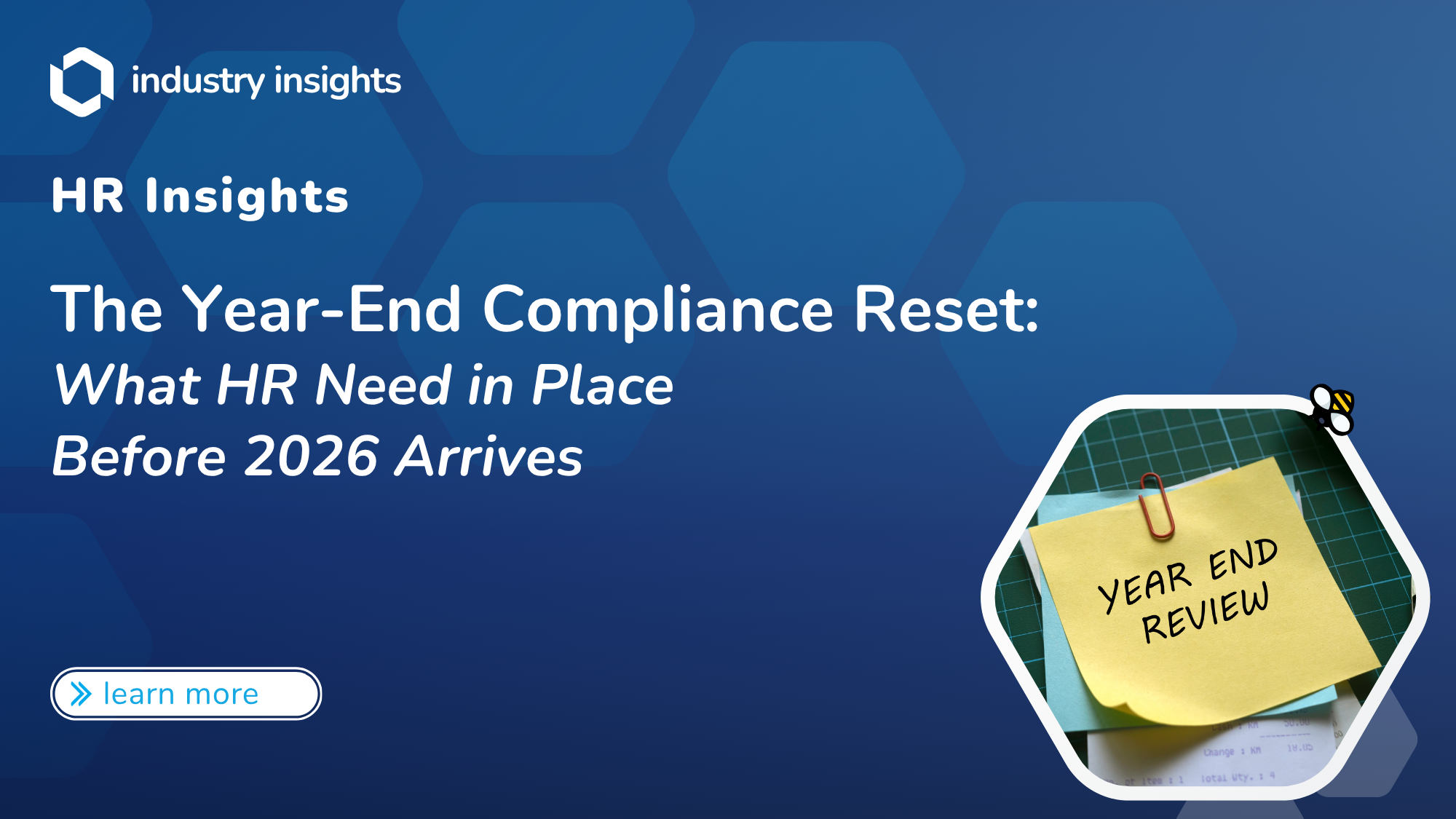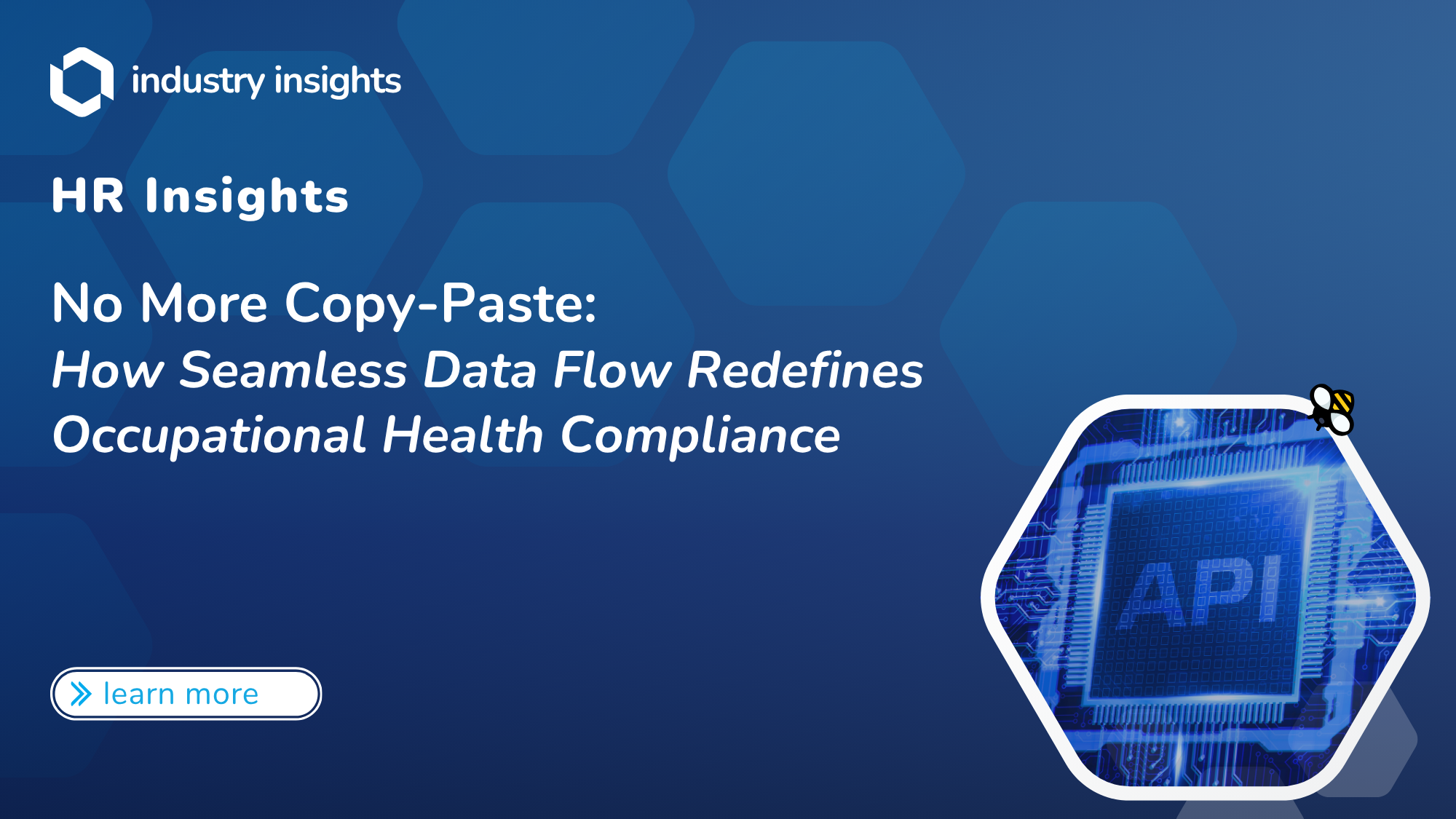Disasters, whether natural or human-made, pose significant risks to individuals and communities alike. While much attention is rightly given to emergency response and infrastructure resilience, the role of occupational health in disaster preparedness is often overlooked. However, ensuring the well-being of workers is essential for maintaining organizational resilience and community recovery efforts during and after disasters.
Understanding the Dynamics of Disaster Response:
Disasters can expose workers to various hazards, including physical dangers and psychological stressors. From rescue operations to long-term recovery efforts, workers face risks that must be addressed to ensure their safety and effectiveness in disaster response. Occupational health measures play a crucial role in identifying and mitigating these risks, protecting workers’ well-being throughout all phases of disaster management.
Mitigating Occupational Hazards:
Effective disaster preparedness requires organizations to assess and mitigate occupational hazards proactively. This involves implementing safety protocols, providing appropriate training, and ensuring access to personal protective equipment (PPE). By addressing potential risks before disasters strike, organizations can minimize injuries and illnesses among their workforce and maintain operational continuity during crises.
Fostering Resilience and Recovery:
In addition to hazard mitigation, occupational health programs contribute to worker resilience and recovery post-disaster. Services such as psychological support, medical care, and rehabilitation help workers cope with the physical and emotional toll of disaster response. By prioritizing worker well-being, organizations can facilitate the recovery process and ensure their workforce remains resilient in the face of adversity.
Building Community Resilience:
Healthy, resilient workers are essential for community resilience in times of crisis. Organizations that invest in occupational health initiatives not only protect their workforce but also contribute to broader community preparedness and recovery efforts. By promoting worker well-being, organizations play a vital role in strengthening the overall resilience of the communities they serve.
Disaster Types & Scenarios:
Disasters come in various forms and magnitudes, ranging from small-scale incidents to large-scale catastrophes. For instance, a worker falling off a ladder at a construction site or a malfunctioning piece of equipment causing injury can have immediate consequences for both the individual and the organization. These small-scale incidents underscore the importance of proactive occupational health measures in preventing accidents and minimizing their impact on workers’ well-being. On a larger scale, natural disasters like hurricanes, earthquakes, or wildfires can wreak havoc on communities, causing widespread damage and disruption. In such events, occupational health measures become even more critical as workers may be involved in emergency response efforts or tasked with rebuilding infrastructure. Ensuring their safety and well-being through proper training, personal protective equipment, and access to medical services is essential for both their individual resilience and the overall recovery process.
Leveraging BlueHive for Readiness:
BlueHive offers comprehensive occupational health solutions designed to support organizations in their disaster preparedness efforts. From medical screenings to wellness programs, BlueHive equips organizations with the tools they need to safeguard their workforce and promote community resilience. By partnering with BlueHive, organizations can enhance their disaster preparedness initiatives and ensure the safety and well-being of their employees during times of crisis.
Occupational health is a critical component of disaster preparedness, protecting workers and ensuring organizational resilience in the face of adversity. By integrating robust occupational health strategies into their disaster preparedness plans, organizations can minimize risks, support worker well-being, and contribute to community resilience. With the support of partners like BlueHive, organizations can navigate disasters more effectively and emerge stronger in the aftermath.




